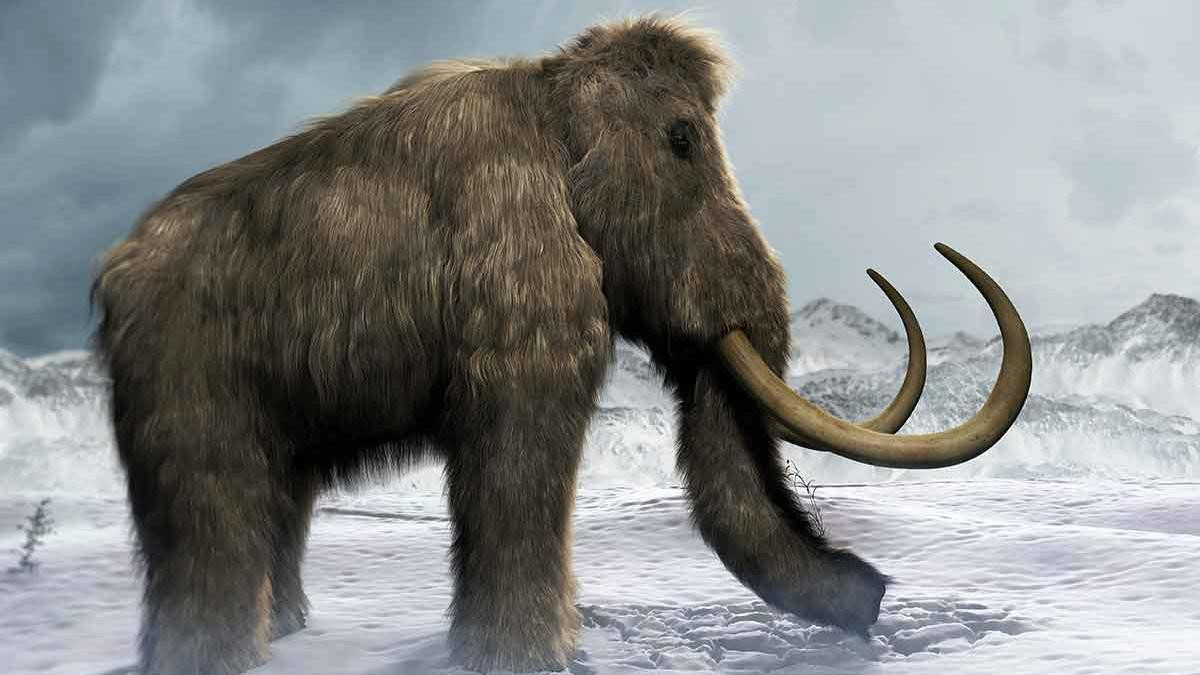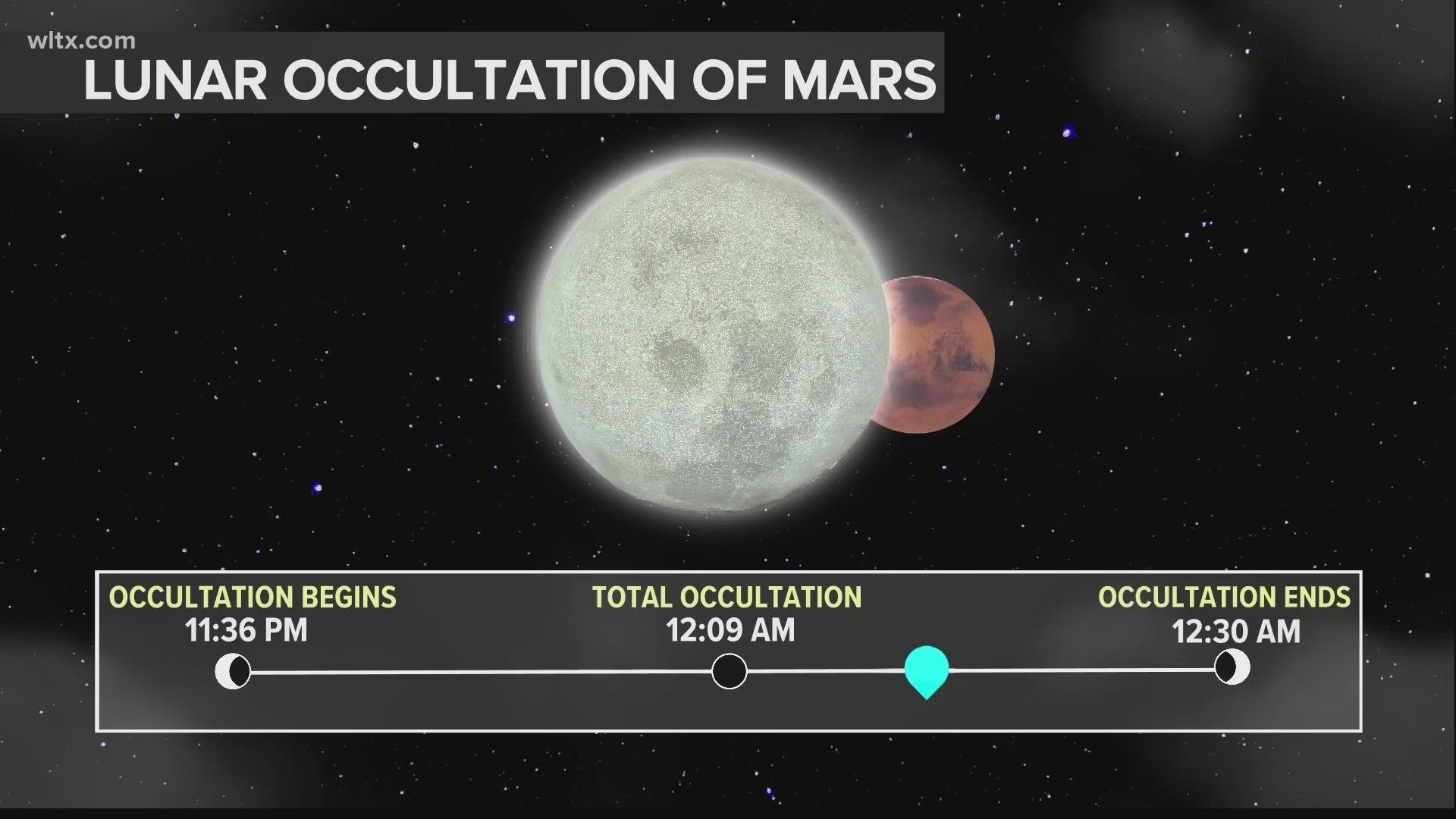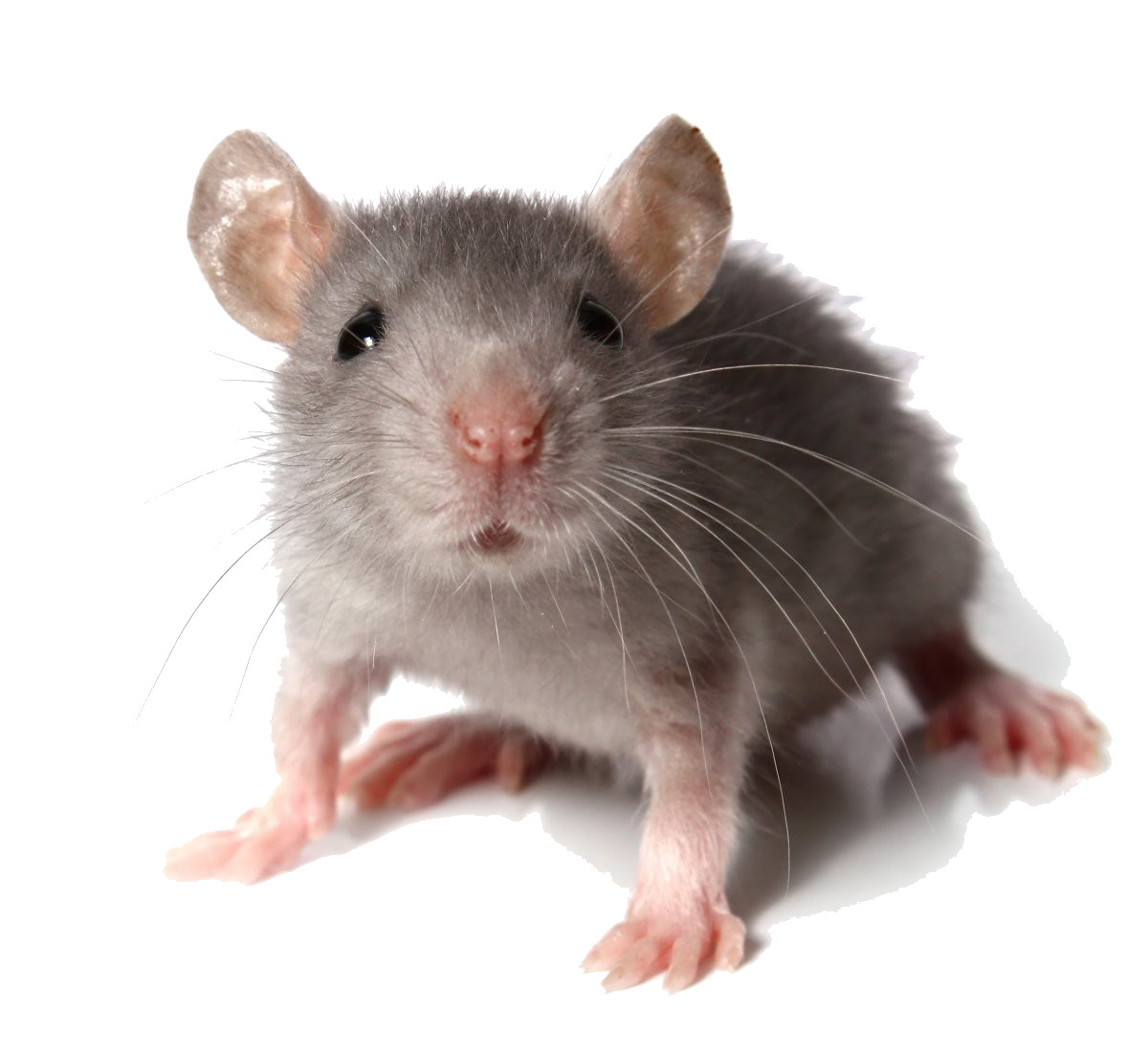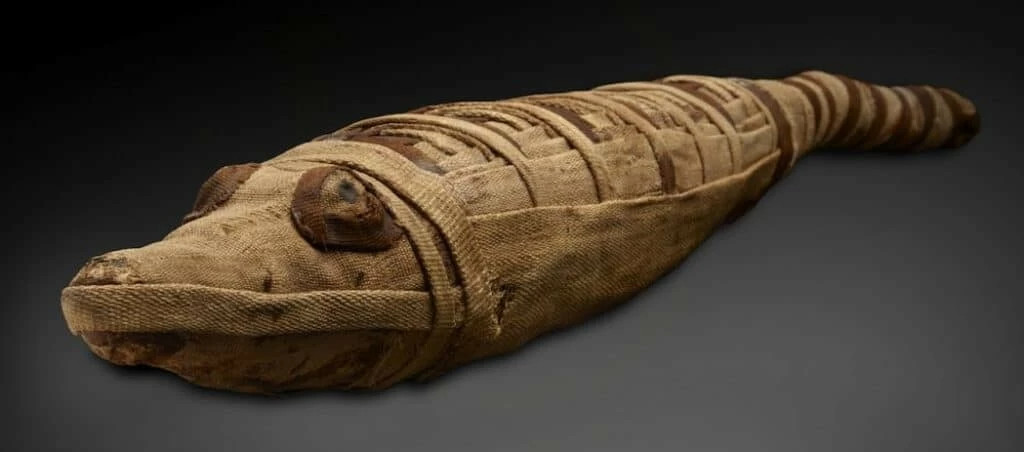Hay Fever and the Demise of the Woolly Mammoth
A groundbreaking study has thrown a new light on the extinction of the woolly mammoth, suggesting that allergies to pollen, or hay fever, may have played a significant role in their demise.
The research, published in the journal Earth History and Biodiversity, delves into the intricate relationship between ancient mammals and the evolving environment. The researchers, a team of chemists and zoologists from Israel, Italy, and Russia, analyzed tissue samples from frozen mammoths found in Siberia. They discovered evidence of antibodies fighting off infections, as well as organic compounds consistent with pollen that the mammoths inhaled.
These findings, the researchers suggest, point to a possible link between the woolly mammoth's extinction and pollen allergies. The theory proposes that allergies to pollen could have impaired the mammoths' sense of smell, making it difficult for them to find food, water, and, most crucially, mates.
The Importance of Smell
The study highlights the pivotal role that smell plays in the lives of modern elephants, the closest living relatives of woolly mammoths. Elephants rely heavily on their sense of smell to navigate their surroundings, locate food and water, and even recognize family members and potential mates.
A Shifting Ecosystem
The extinction of the woolly mammoth coincided with a period of significant climate change. As the planet warmed, the mammoth's habitat underwent a drastic transformation, with new plants and trees flourishing in areas that were previously barren. These plants, as the study suggests, may have released pollen into the air, triggering allergic reactions in the mammoths.
The research team proposes that allergies, along with other factors like climate change and human hunting, may have contributed to the gradual demise of these magnificent creatures. While other studies have emphasized the impact of climate change and human activity on mammoth extinction, this study offers a fresh perspective on the intricate interplay between environmental shifts and animal health.
The Search for Evidence
The researchers are now calling for further studies to investigate the potential presence of immunoglobulin E (IgE) in mammoth remains. IgE is a key biomarker associated with allergic reactions in mammals. Finding traces of IgE in mammoth samples could provide strong evidence for the allergy theory.
The implications of this study extend beyond the realm of prehistoric creatures. Understanding the link between allergies and animal extinction could have significant implications for understanding the impacts of climate change and environmental degradation on modern species.
A New Twist on Extinction
The idea that hay fever could have contributed to the extinction of woolly mammoths is a compelling one. It offers a new perspective on the complex factors that influence species survival and the delicate balance of ecosystems.
While the exact role of allergies in mammoth extinction remains a subject of ongoing investigation, this study highlights the potential of hidden factors to shape the fate of species. It reminds us that even seemingly small changes in the environment can have profound and unexpected consequences for the biodiversity of our planet.

















